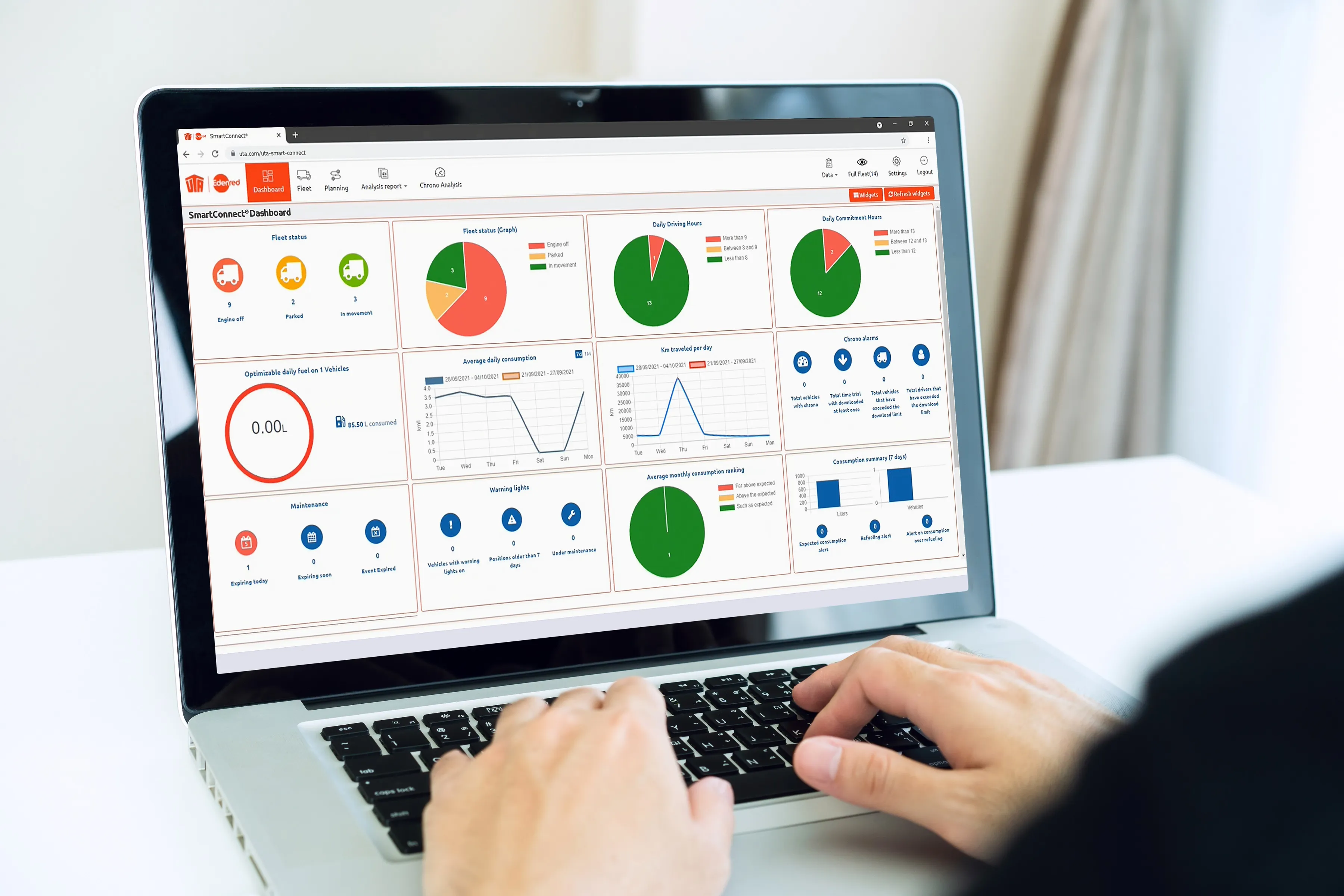A new report from ABI Research predicts that global shipments of commercial telematics equipment will increase from 1.94 million in 2011 to 6.43 million in 2016. While North America is still the leading market, Asia-Pacific is set for strong growth driven by economic expansion, a booming automotive industry, and urgent requirements to use increasingly scarce resources more efficiently.
May 18, 2012
Read time: 2 mins
RSSA new report from 2130 Allied Business Intelligence Research predicts that global shipments of commercial telematics equipment will increase from 1.94 million in 2011 to 6.43 million in 2016. While North America is still the leading market, Asia-Pacific is set for strong growth driven by economic expansion, a booming automotive industry, and urgent requirements to use increasingly scarce resources more efficiently.
ABI Research senior practice director Dominique Bonte comments: “The renewed post-recession dynamics observed in the commercial telematics industry do not conceal the structural problems which still haunt this vertical industry: extreme levels of fragmentation with too many ‘Me Too,’ ‘dots on a map’ providers and proprietary solutions still dominating the industry. This results in penetration levels remaining low."
However, positive signs are visible. The industry is finally embracing convergence, as demonstrated by Mix Telematics (Mix Mobile iPad tracking application) and PeopleNet’s Windows 7 tablet on-board computer. At the same time awareness grows about the need for better business intelligence tools – tools that allow fleets to use the wealth of available data and achieve deeper integration of the concept of “location” into existing business processes and technology investments through the use of SaaS (Software as a Service) models.
Many traditional fleet management vendors such as213 Qualcomm, 1985 Trimble and 5635 Transics remain largely focused on the high-end trucking segment, offering customised solutions via a consultative sales process. Non-trucking segments such as delivery, utility, service, oil and gas, and public and private transport are addressed by a second tier of vendors such as Mix Telematics, 1692 TomTom Business Solutions, DigiCore, and Pointer Telocation which adopt indirect sales models based on distributors, solution sellers and integrators, and offer more standardised solutions and/or APIs while leaving the integration challenge to third party vendors.
Trailer tracking is gaining momentum as awareness grows about the benefits of telematics solutions for what until recently were considered dumb assets. New players such as Transics are entering this segment. Other promising segments include construction and off-road vehicles, and the government market.
ABI Research’s new “Fleet Management and Trailer Tracking Systems” study covers both in-cab trucking and non-trucking fleet management systems and trailer tracking solutions. It contains detailed descriptions of segments and verticals, applications and functionality, market drivers and barriers, ROI, regulation and legislation, as well as subscribers, shipment and revenue forecasts.
ABI Research senior practice director Dominique Bonte comments: “The renewed post-recession dynamics observed in the commercial telematics industry do not conceal the structural problems which still haunt this vertical industry: extreme levels of fragmentation with too many ‘Me Too,’ ‘dots on a map’ providers and proprietary solutions still dominating the industry. This results in penetration levels remaining low."
However, positive signs are visible. The industry is finally embracing convergence, as demonstrated by Mix Telematics (Mix Mobile iPad tracking application) and PeopleNet’s Windows 7 tablet on-board computer. At the same time awareness grows about the need for better business intelligence tools – tools that allow fleets to use the wealth of available data and achieve deeper integration of the concept of “location” into existing business processes and technology investments through the use of SaaS (Software as a Service) models.
Many traditional fleet management vendors such as
Trailer tracking is gaining momentum as awareness grows about the benefits of telematics solutions for what until recently were considered dumb assets. New players such as Transics are entering this segment. Other promising segments include construction and off-road vehicles, and the government market.
ABI Research’s new “Fleet Management and Trailer Tracking Systems” study covers both in-cab trucking and non-trucking fleet management systems and trailer tracking solutions. It contains detailed descriptions of segments and verticals, applications and functionality, market drivers and barriers, ROI, regulation and legislation, as well as subscribers, shipment and revenue forecasts.








